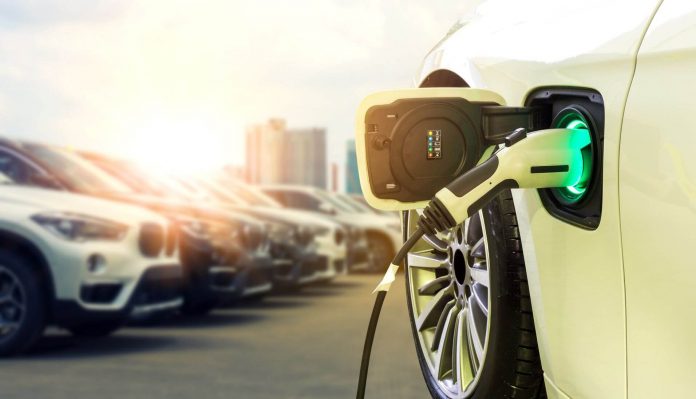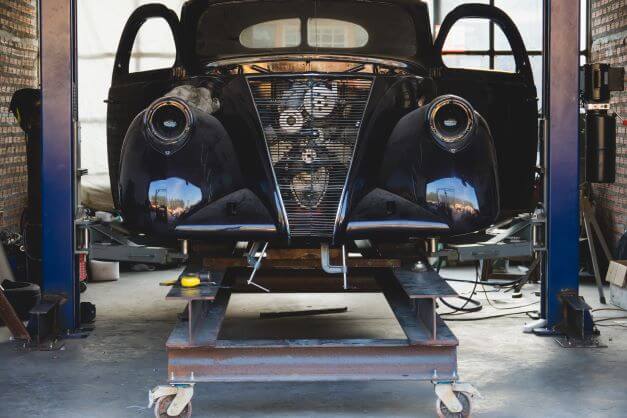
Last Updated on 21st February 2022
When it comes to driving, you can’t beat the classics and vintage cars have a distinct feel that any car enthusiast will love. Classic cars have remained popular, so it should come as no surprise that many are now converting vintage cars into electric models in order to adapt to today’s times. This is a contentious issue in the motoring industry, but it seems that this will not stop those that want the allure of a classic car with green driving credentials.
Contentious Issue
Green conversion is rising in popularity, but many critics state that installing EV powertrains does not preserve the heritage of the vehicle and that they should be left alone. It is easy to understand this viewpoint, but when you consider the changing world and the fact that classic cars often have high emissions, it is understandable that motorists would want to make the conversion.
This was explained by David Lorenz, who is the founder of Lunaz – a green conversion company: “The world is changing. Global legislation and shifting attitudes towards sustainability are driving demand for clean-air alternatives”. Lorenz goes on to explain that electrifying vintage cars is the ultimate in sustainable mobility and upcycling.

Impact on Value
Obviously, car value is an important factor to consider when discussing classic cars. Interestingly, experts state that a green conversion of a classic car can add a significant amount of value to a classic car and this is because you are future-proofing the vehicle. Petrol and diesel vehicles will gradually decline in the common years and everyone can agree that the future is electric.
Of course, converting a classic car into an electric vehicle is a hugely expensive process to go through and this must be factored in when looking at the value. You might break even or add some value, but it is also worthwhile because you are future-proofing the vehicle as well as lowering the running costs (as well as doing your part to reduce environmental damage).
Insurance
While green conversion can make a lot of sense, you must also consider that the cost of insurance rises after conversion as they can be harder to repair. This is why you may want to shop around for insurance premiums in order to find the best deal and level of cover.
How it Works
As you might expect, the process of converting a classic into an electric vehicle is incredibly complex. It requires switching the engine, installing a new drivetrain, fabricating motor mounts, changing the suspension and much more. This is why people need to find specialist companies that will have experience in this process.
It is easy to see why many classic car owners are electrifying their vintage cars despite the backlash, but this is also a major and expensive process to go through. Ultimately, the end result is what matters
It’s worth ending on the key fact electric cars were around before the combustion engine. The first practical electric cars were produced in the 1880s while the first gasoline-powered car was built in 1893. In 1897 electric cars were used as Taxi’s in London, so it could be argued that electric vehicles are the original classic cars.
Are electric cars the future?
For many years now, people have been talking about the electric vehicle (EV) as being a possible future for transport. However, battery technology is not quite there yet as batteries are still far from capable of powering larger vehicles and the technology is still a few years away from being affordable.
With regards to the environment, emissions produced as a result of lithium-ion battery production need looking into and recycling also needs improvement.
Electric vehicles have come a long way from their initial invention and many of us take them for granted. They are certainly on the way to replacing internal combustion engines as they do a better job in some situations. But in order for electric cars to truly be effective, they need to be powered by renewable energy sources that are not harmful to the environment.





































